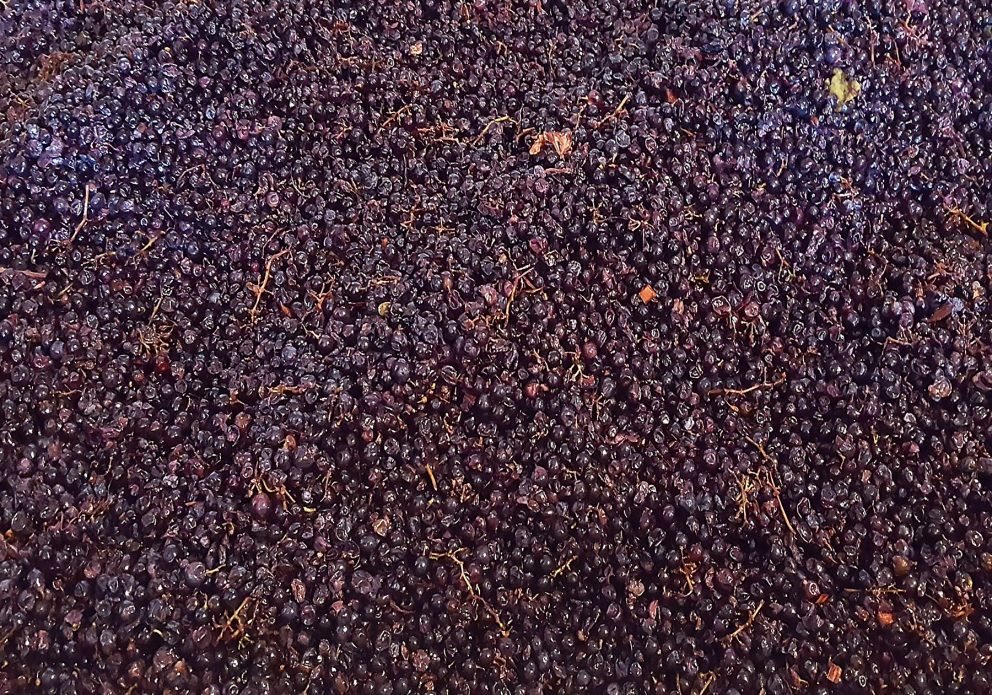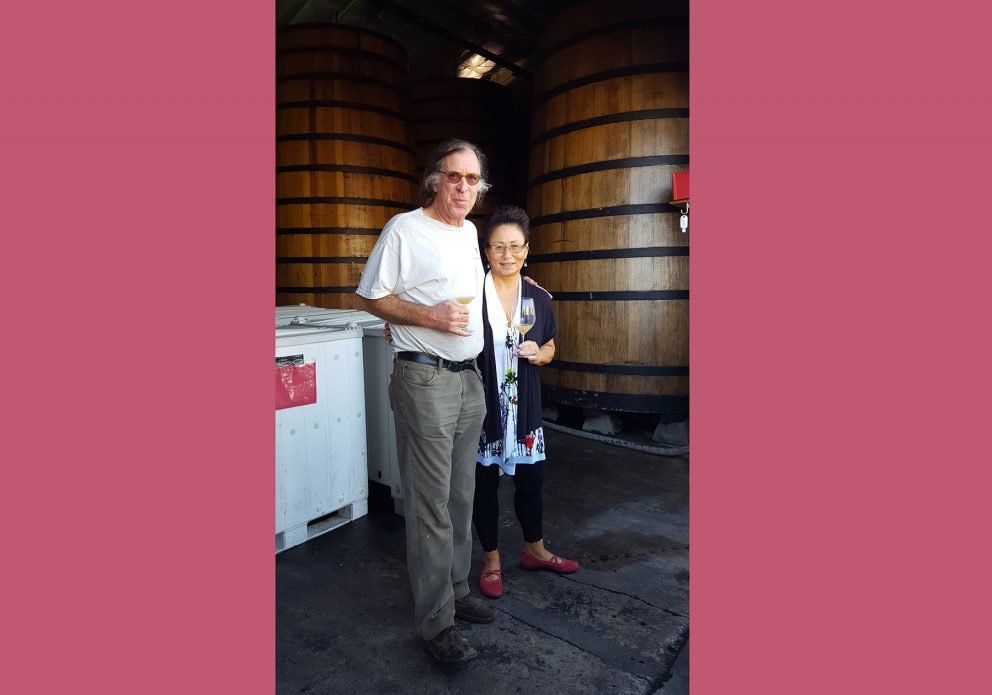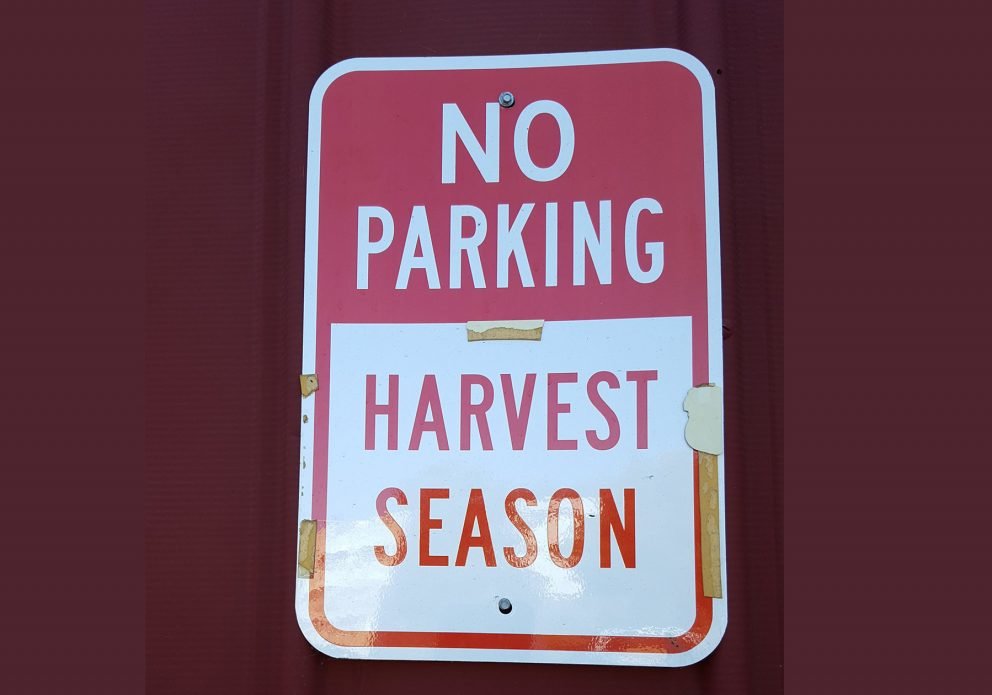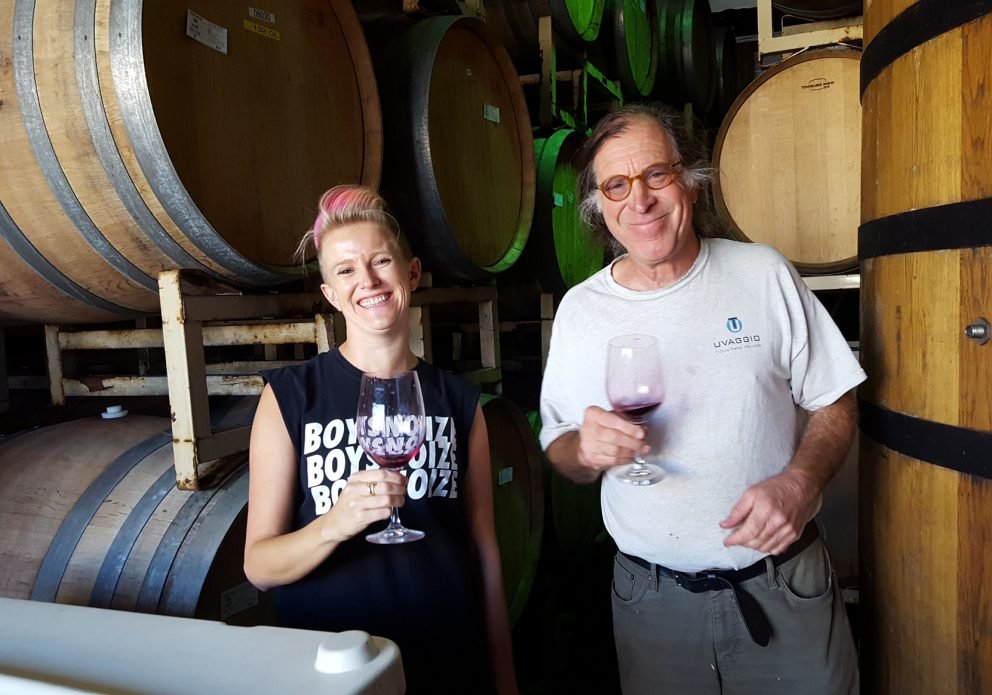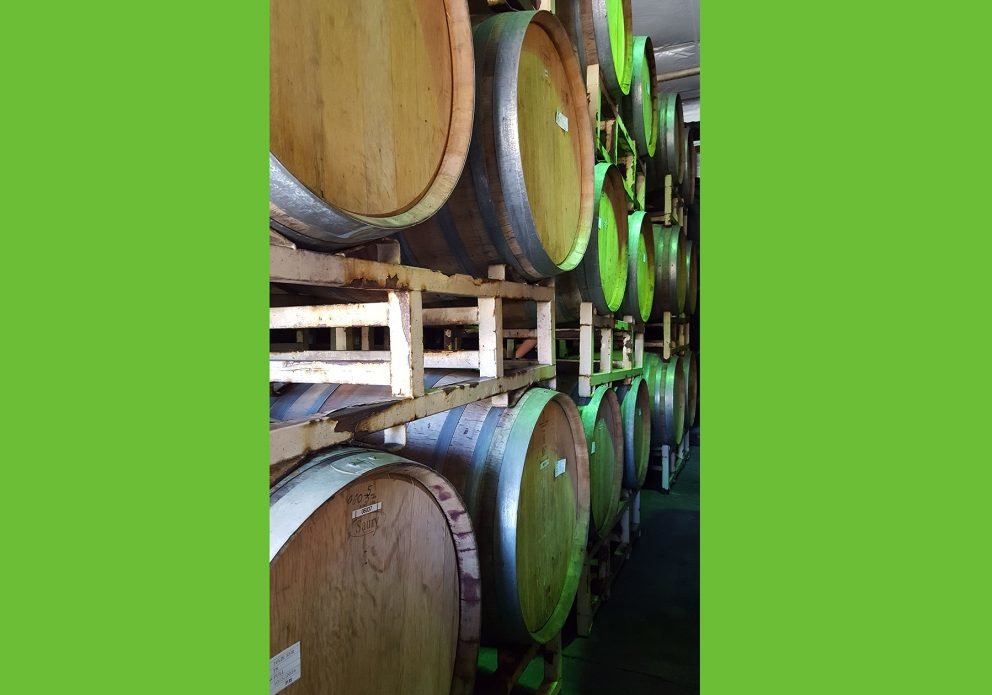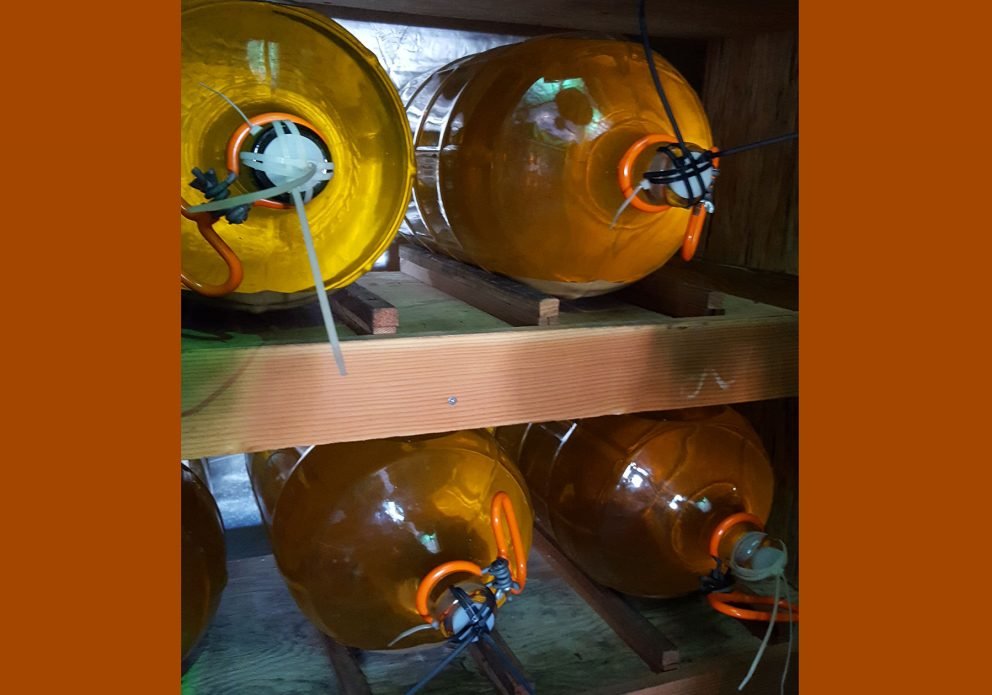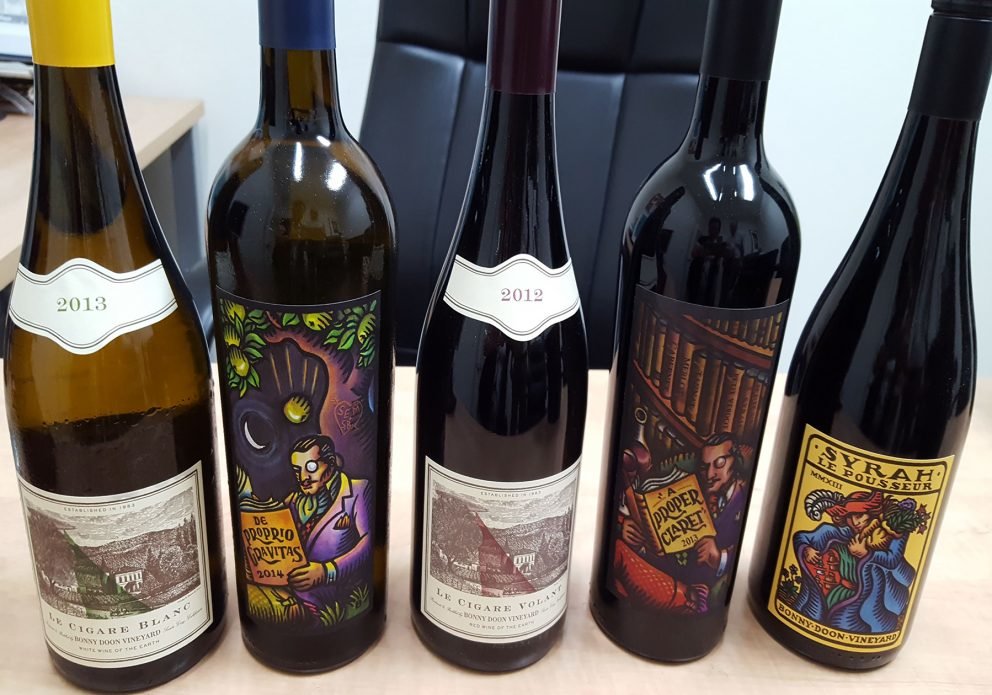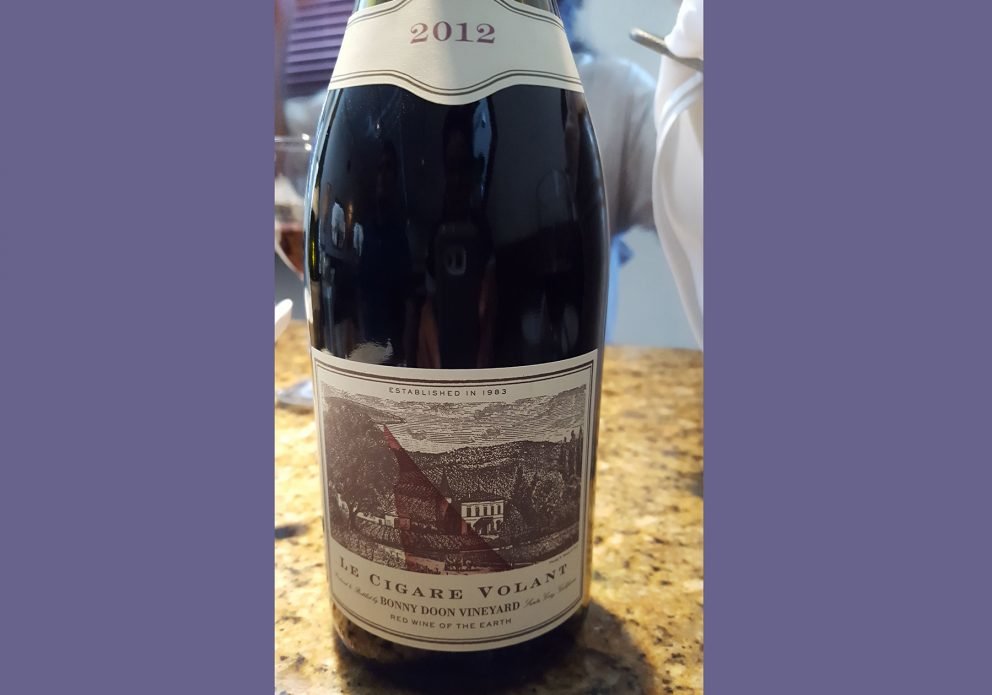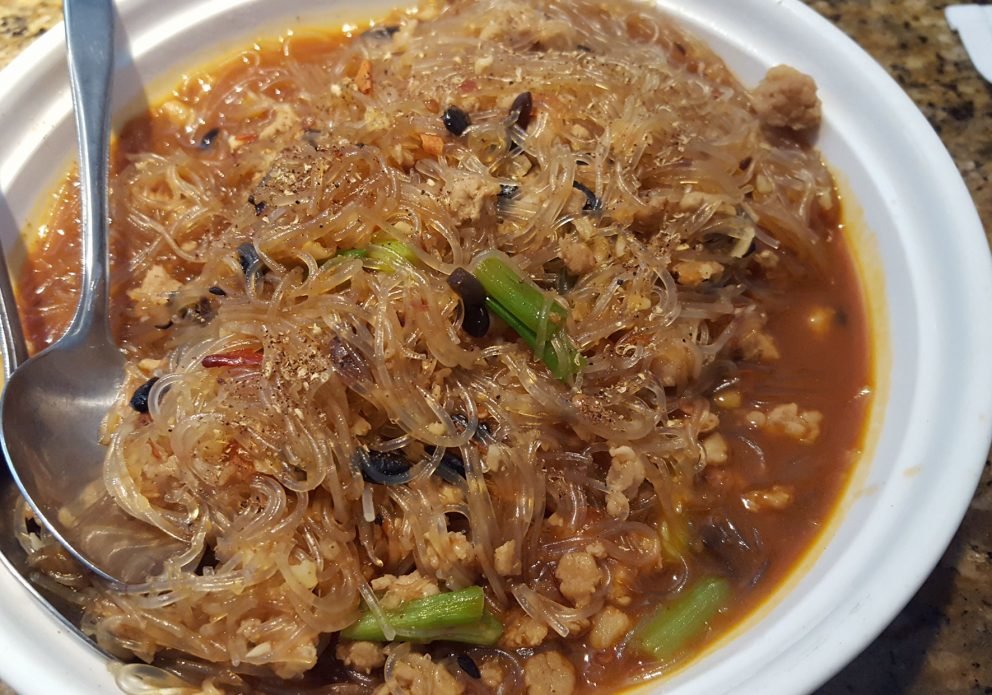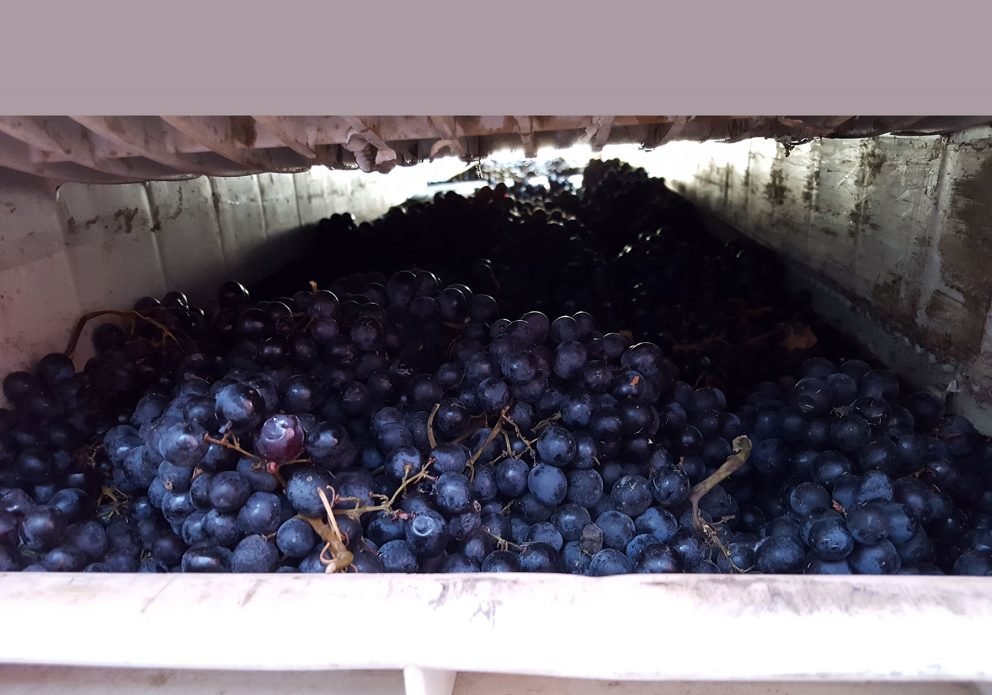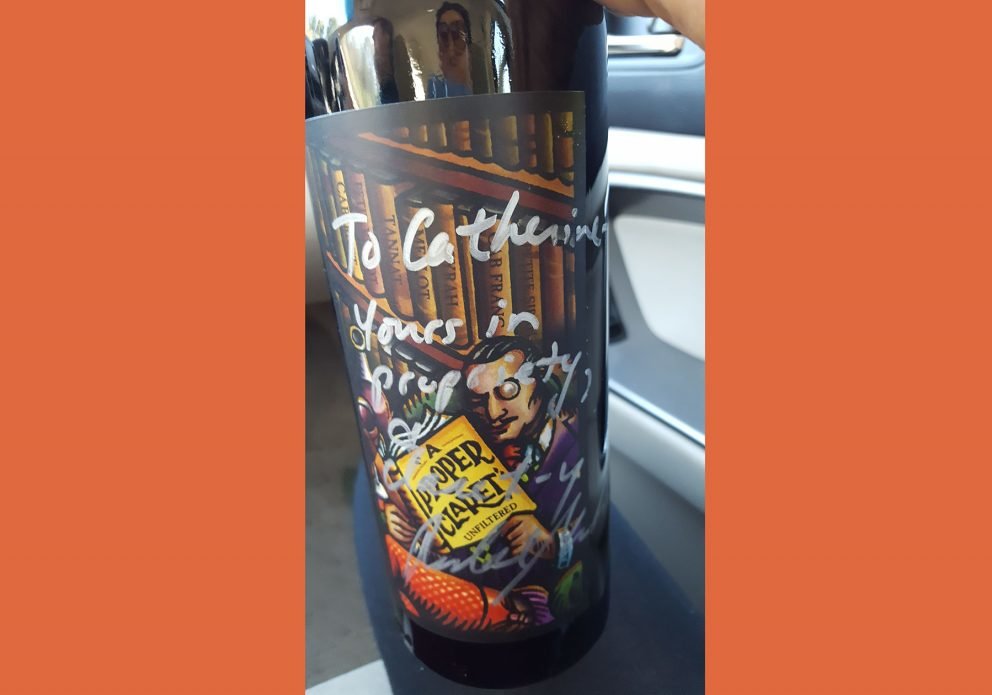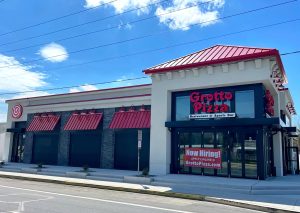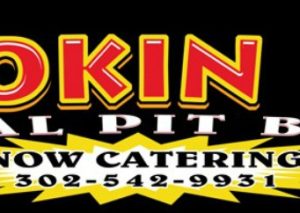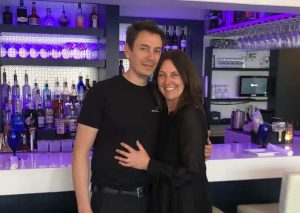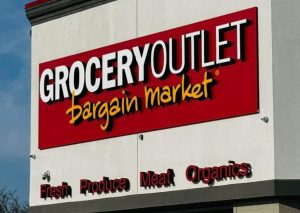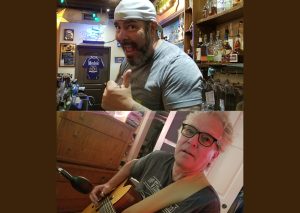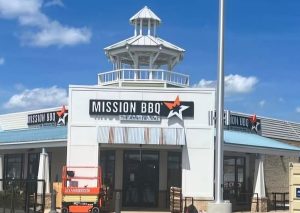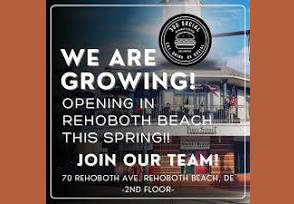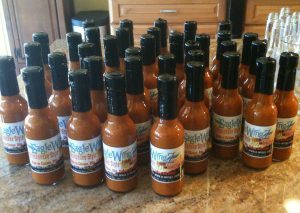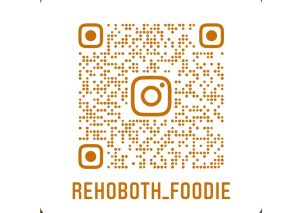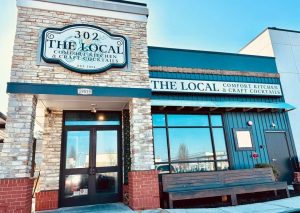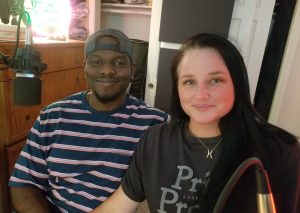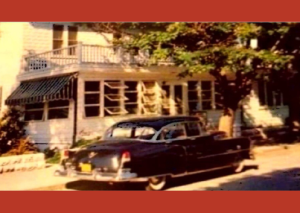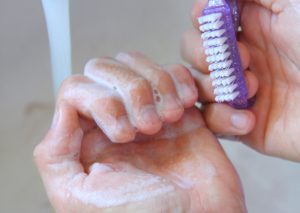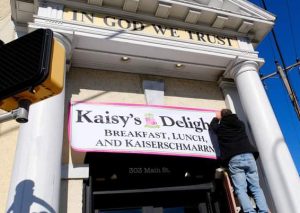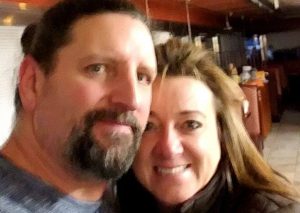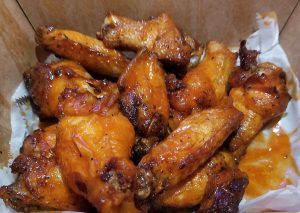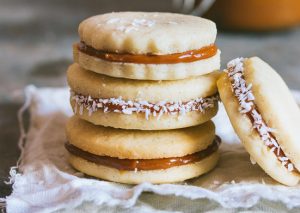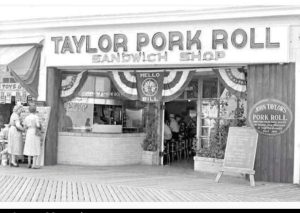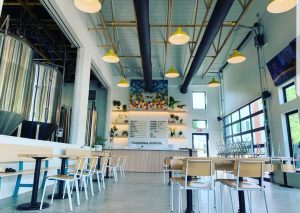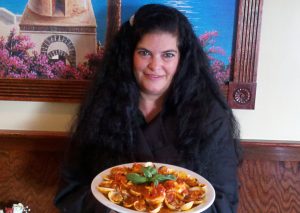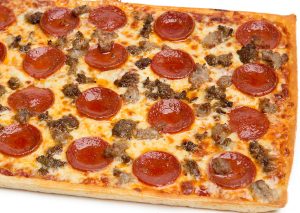One of the perks of being in the “business” is that I have the opportunity to meet iconic winemakers. Such was the case back in October when I visited nine wineries in Northern and Central California in 7 days. It was no small feat, but the sacrifice had to be made in the name of my personal, evolving wine education.
Having lived in California, I frequented Napa, Sonoma, Santa Barbara and Paso Robles wineries in my past lives. So I wanted to see what the Santa Cruz wine scene was all about. There is one name that stands out – Randall Grahm. An innovator, rebel, and as he likes to refer to himself, a “permanent Liberal Arts major,” Randall is humble, brilliant, and offbeat. Which, if you’ve tasted Bonny Doon wines, is a true reflection of his authentic, soulful, unfiltered brand.
Randall took time out of his busy schedule to meet me at his winemaking operations in a tiny industrial strip mall next to other businesses, including Rombauer Winery. There is no glamorous tasting room, no signage, just a warehouse of open-top tanks, huge vats of grapes, and barrels of wines in various stages of fermentation. Outside in the back parking lot, there are forklifts and de-stemming/sorting machinery humming along like any other production facility. You wouldn’t know it was harvest season but for the conspicuous sign. [See it in the gallery.]
Randall and his assistant winemaker Jane (from Australia), showed me and “thieved” me about 8 different wines straight from the vats and barrels while I tried not to trip over the miles of hoses strewn all over wet cement. This was all before noon. After the tour, Randall casually asked if I liked Chinese food, specifically Taiwanese food. OMG, at that point, I was firmly in his vinicultural spell. Turns out, his wife is also from Taiwan. So before we strolled across the street to his favorite joint, we stopped in his office to pick up five of his favorite wines that he wanted me to taste (which I already had at Teller- shhh don’t tell Randall). [Pictured are the Proper Gravitas, Le Cigare Volant, Syrah le Pousseur, Proper Claret, and Le Cigare Blanc.] Thank goodness BYOB is the norm in most California counties. Then off we went for the best meal I’ve had since leaving Taiwan 50 years ago. I don’t know if it was Randall’s unassuming yet mesmerizing charm or the food – or the alcohol – that had me completely enthralled.
Randall will be the first to tell you that he foolishly attempted to replicate Burgundy in California, soon realizing that he would have far more success creating more distinctive and original wines working with Rhône varieties in the Central Coast of California. In 1986, Bonny Doon Vineyard released the inaugural vintage (1984) of Le Cigare Volant, an homage to Châteauneuf-du-Pape, and this continues today as the winery’s flagship/starship brand.
Since then, Bonny Doon Vineyard has enjoyed a long history of innovation – the first to truly popularize Rhône grapes in California, to successfully work with cryo-extraction for sundry “Vins de Glacière (ice wines), the first to utilize microbullage (micro-oxygenation of the wine, post fermentation, to help give additional structure to the wine) in California, the first to popularize screwcaps for premium wines, and the first to embrace true transparency in labeling with its ingredient labeling initiative. The upside of all of this activity explains Randall in between sips and bites of ants on a hill (glass noodles with minced pork), is that an extraordinary amount of creativity and research was infused into the California wine scene. The “doon-side,” was perhaps an ever so slight inability to focus, to “settle doon,” into a single, coherent direction after trying to import wines from Europe, distill spirits, and make a vast range of fruit and dessert wines.
Bonny Doon Vineyard grew and grew with some incredibly popular brands (Big House, Cardinal Zin and Pacific Rim) until it became the 28th largest winery in the United States. Randall came to the realization that he had found that the company had diverged to a great extent from his original intention of producing soulful, distinctive and original wines, and that while it was amusing for Randall to be able to get restaurant reservations almost anywhere (the only real tangible perk he was able to discern from the vast scale of the operation), it was time to take a decisive course correction. With this in mind, he sold off the larger brands (Big House and Cardinal Zin) in 2006 and Pacific Rim in 2010.
With a more focused approach, Randall made a commitment to Biodynamic viticulture and biodynamic practices. The Biodynamic calendar follows a cyclical rhythm, whereby one or another aspect of the plant – root, leaf, fruit or flower – might be favored. Thus, for example, irrigation is best done on a root day, where the roots are most active. Grapes are ideally harvested on fruit days, where more of the energy of the plant is directed towards the fruit. There are optimal dates for planting, grafting, cultivating, spraying, indeed, for virtually every agricultural activity.
Because Bonny Doon works with fairly esoteric grape varieties, it has not always been possible to find growers of these varieties who are equally passionate about Biodynamic practice. It has been an ongoing work to try to lead by example, and Randall is hopeful of eventually bringing 100% of their growers to the practice out of their own sincere interest. Randall believes this practice gives them the best opportunity to produce the most distinctive and interesting, the most vibrant wines possible.
After the second course and the third wine, Randall told me his philosophy on winemaking. The winemaker does not “make” the wine, any more than he or she is responsible for converting the sunlight striking the leaves of the grapevine into sugars and more complex flavor components elaborated within the vine. The yeast themselves must be the primary suspects, vis-à-vis “winemakers,” but at a minimum, he espouses, “we can propose that winemaking is somewhat of a group effort.”
It became quite obvious to me even after the 5th glass of wine at lunch that Randall does not believe in the “interventionist” winemaking methodology. Nor does he subscribe to the concept of “designer” yeasts, bacteria and enzymes, organoleptic tannins, or de-alcoholization of wine – in short, all of the modern New World winemaker’s bag of tricks, all perfectly licit, but results in somewhat juvenile world-wine-view – wine as a sort of fairy tale. “No ogre-ish harsh tannins lurking in the [color-corrected] dark [oak chips ahoy] woods,” quips Randall.
Bonny Doon likes to punch down the caps of the ferments in open-top tanks and for more robust, rustic varieties, utilize the technique known as délestage, or rack-and-return, which is the removal and return of fermenting juice from the tank. They also like long cuvaisons, (as unfashionable as they may be), typically on the order of thirty days and thirty nights, sometimes longer and ideally with warm temperatures. They use smaller wooden cooperages as much as possible, and primarily age their red wines in a mixture of well-conditioned 500-liter puncheons and 10,000-liter upright wood tanks. The only exception to this rule is their usage of 5-gallon glass carboys, or “bonbonnes” for the Le Cigare Volant (Mourvedre, Grenache, Syrah, Cinsault) and Le Cigare Blanc (Picpoul Blanc, Roussanne, Grenache Blanc) Reserve wines, aged sur lie. This labor-intensive process is responsible for producing extraordinarily savory and distinctive wines. The latter is equipped with “lees hotels;” (lees check in but they don’t check out!), maybe better described as perforated stainless steel shelves on which the lees can deposit. Once reposing in cask, they touch the wine as little as possible. Bonny Doon’s red wines are seldom fined and filtered.
At Bonny Doon, the paradigm is deceptively simple: Making wines in a more or less old-fangled way, with a minimum of adornment and special FX; wines moderate in alcohol, not over-ripe or over-extracted and emphatically made with the minimal use of new oak. Wines like this cannot be “made.” They must be in some sense translations of the intelligence of the vineyard. This is the soul of Randall Grahm. A “doon-right” maverick and a Francophile, whose genius is overshadowed only by his rustic eclecticism.


